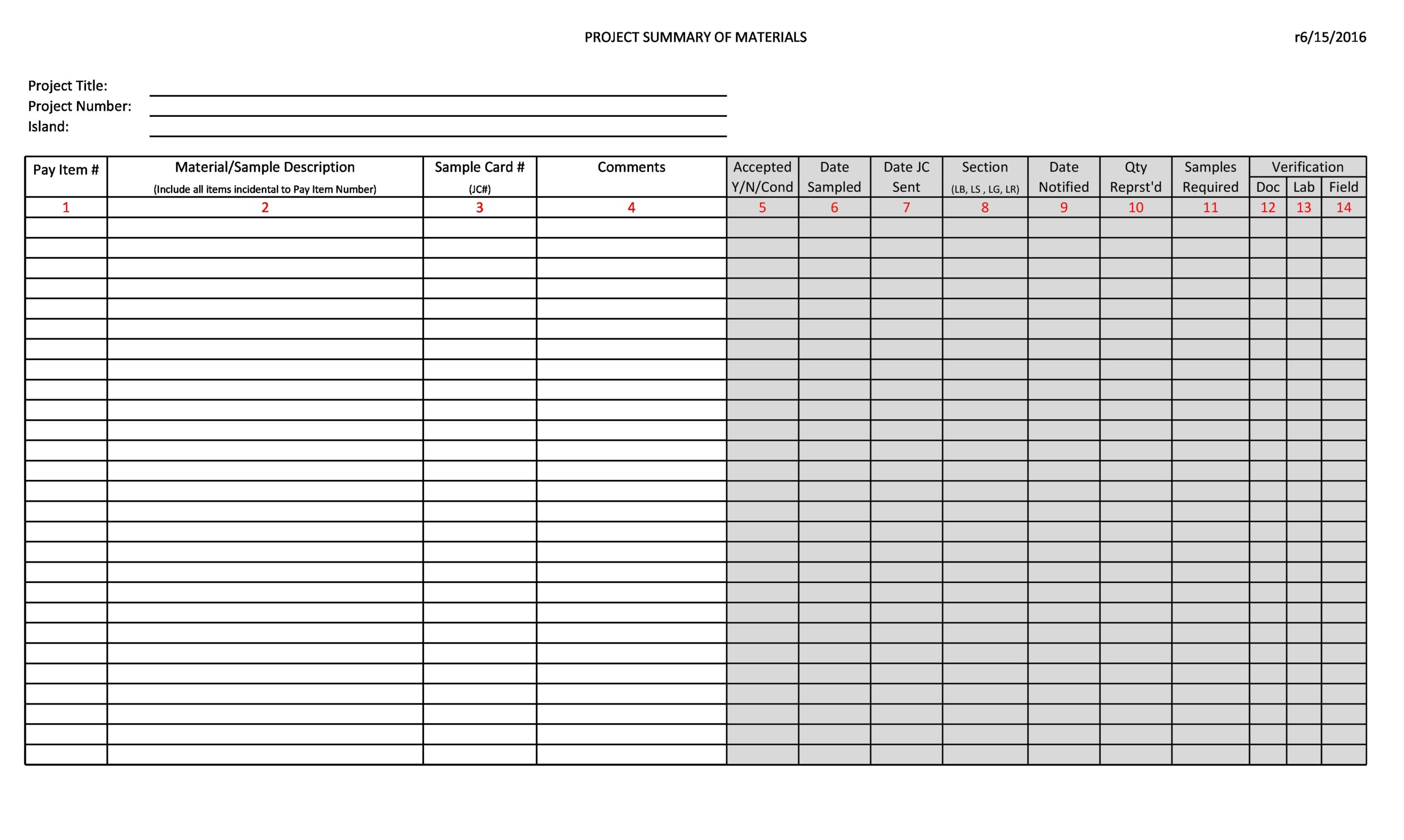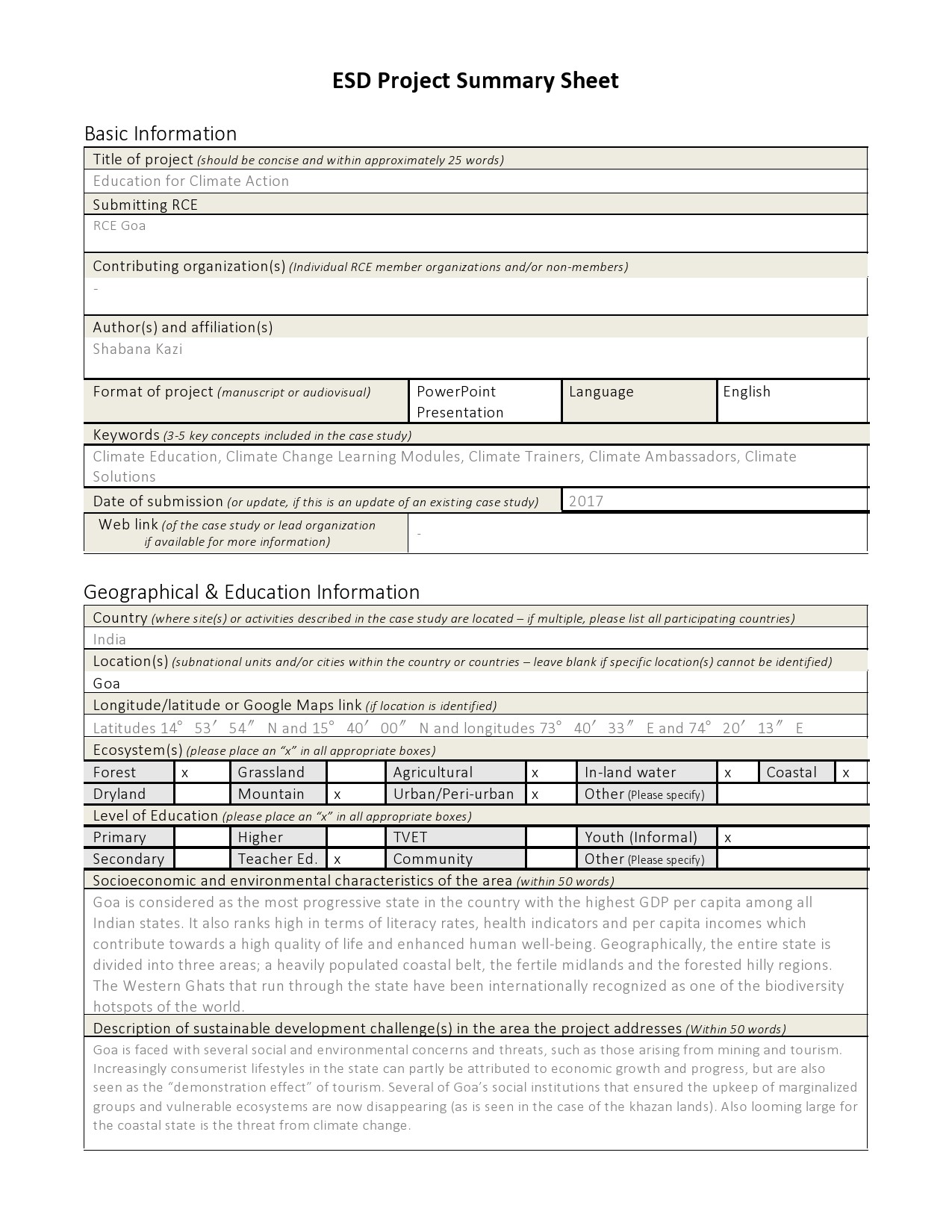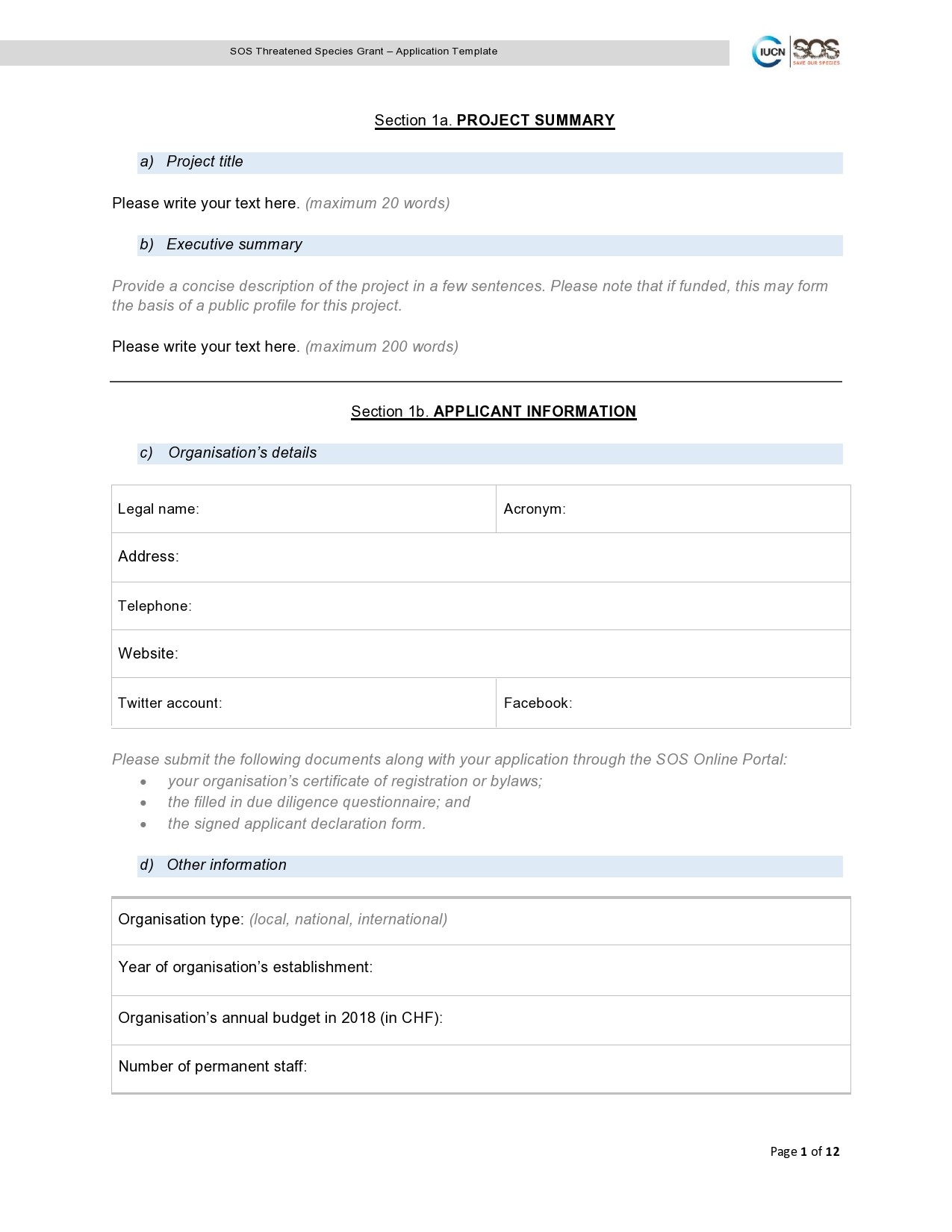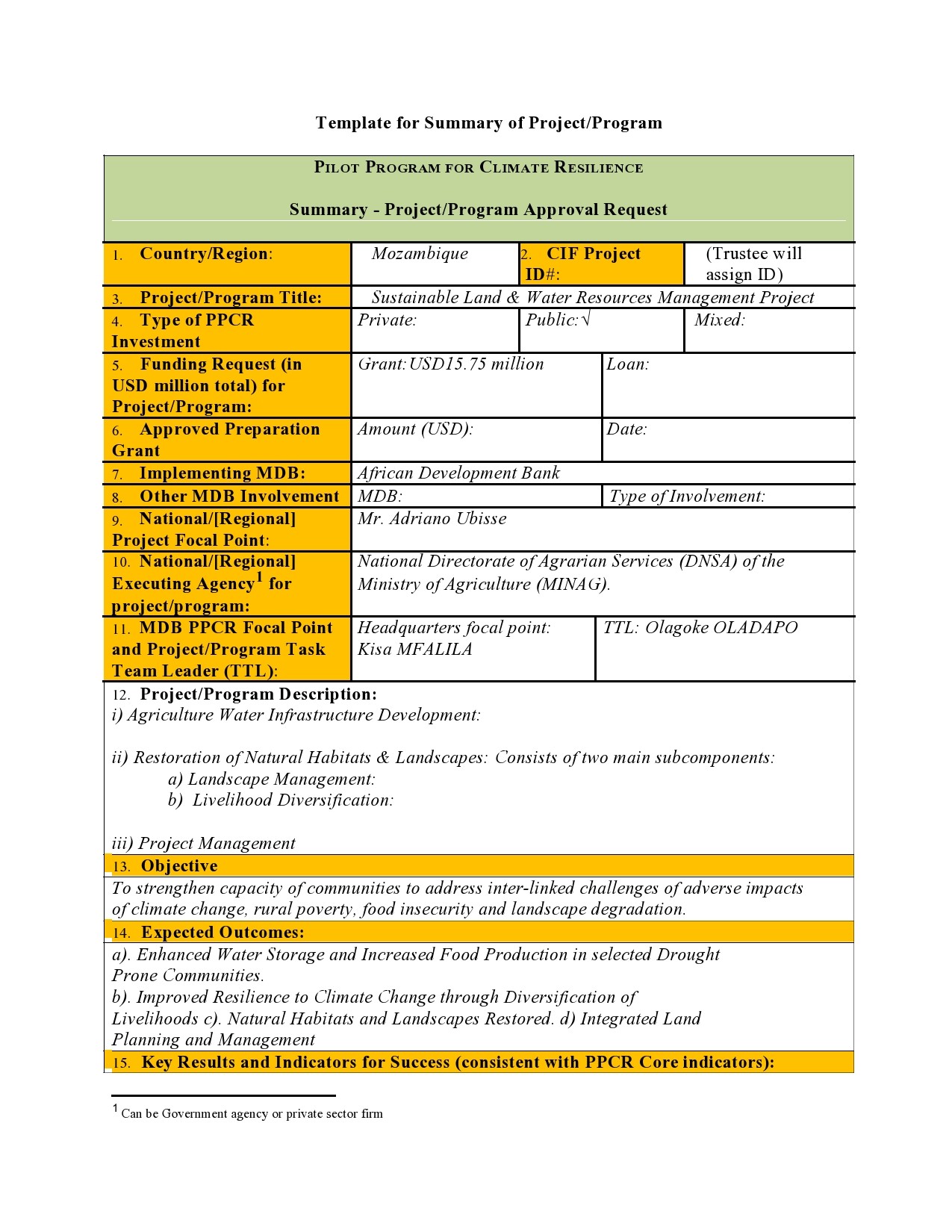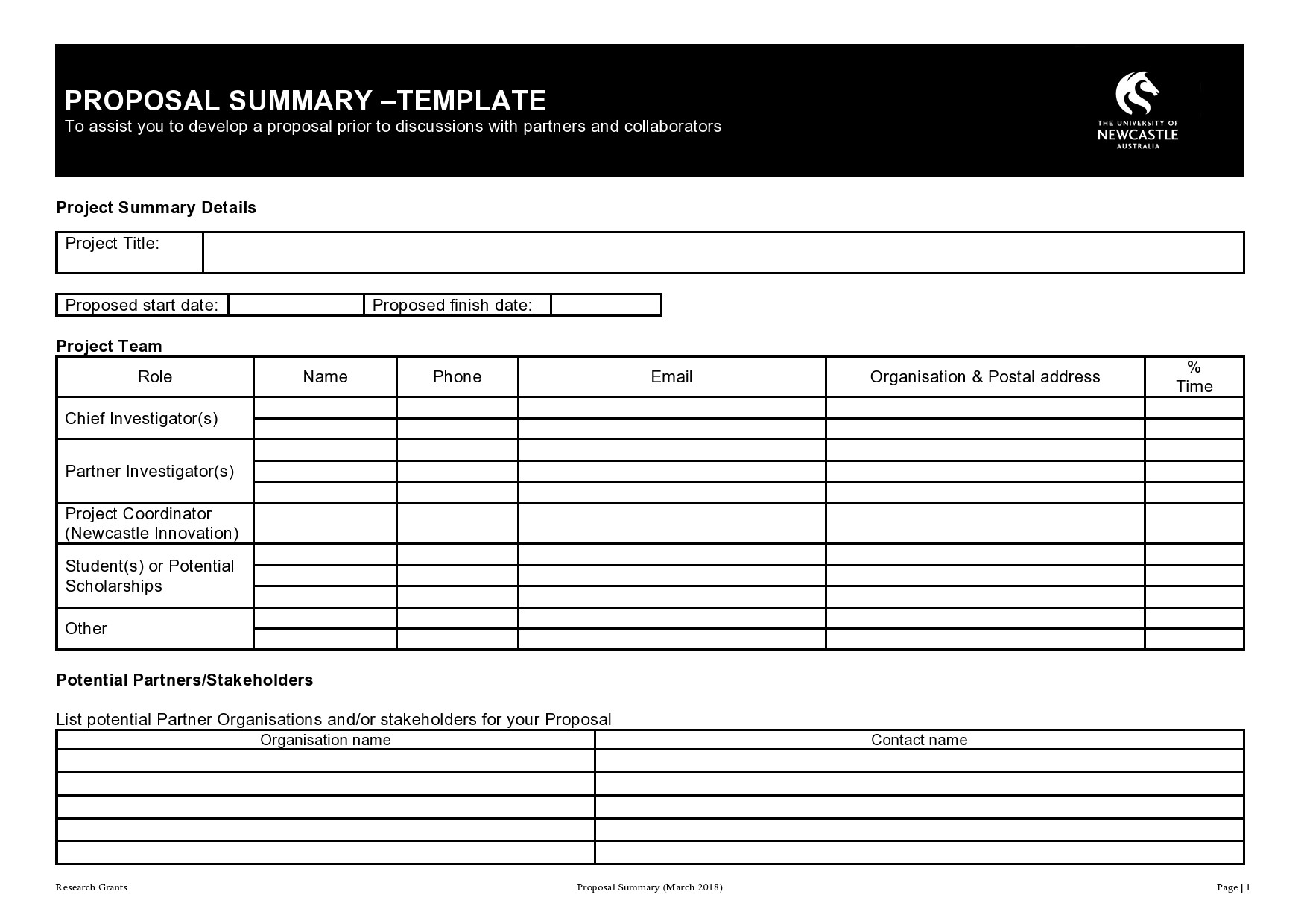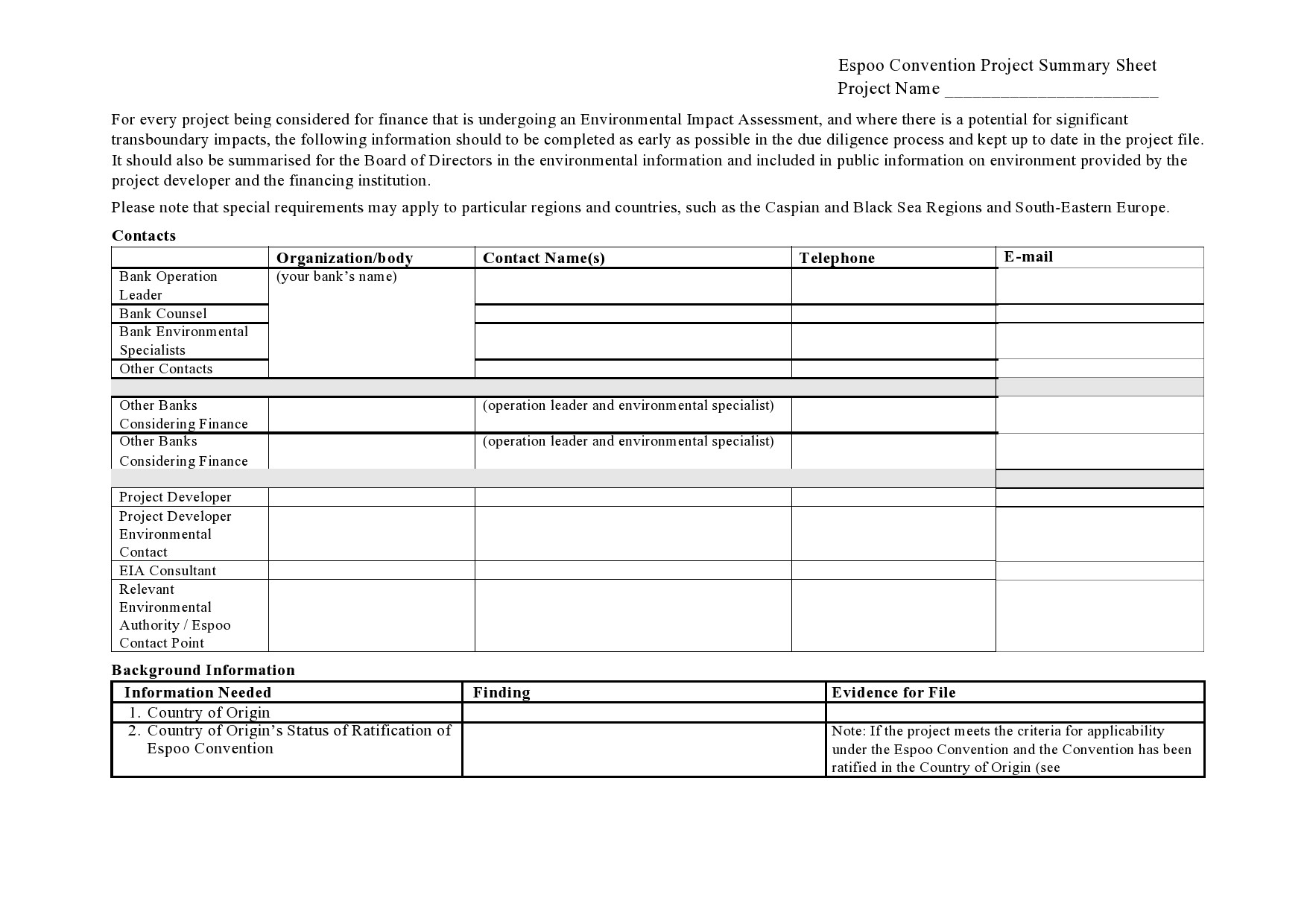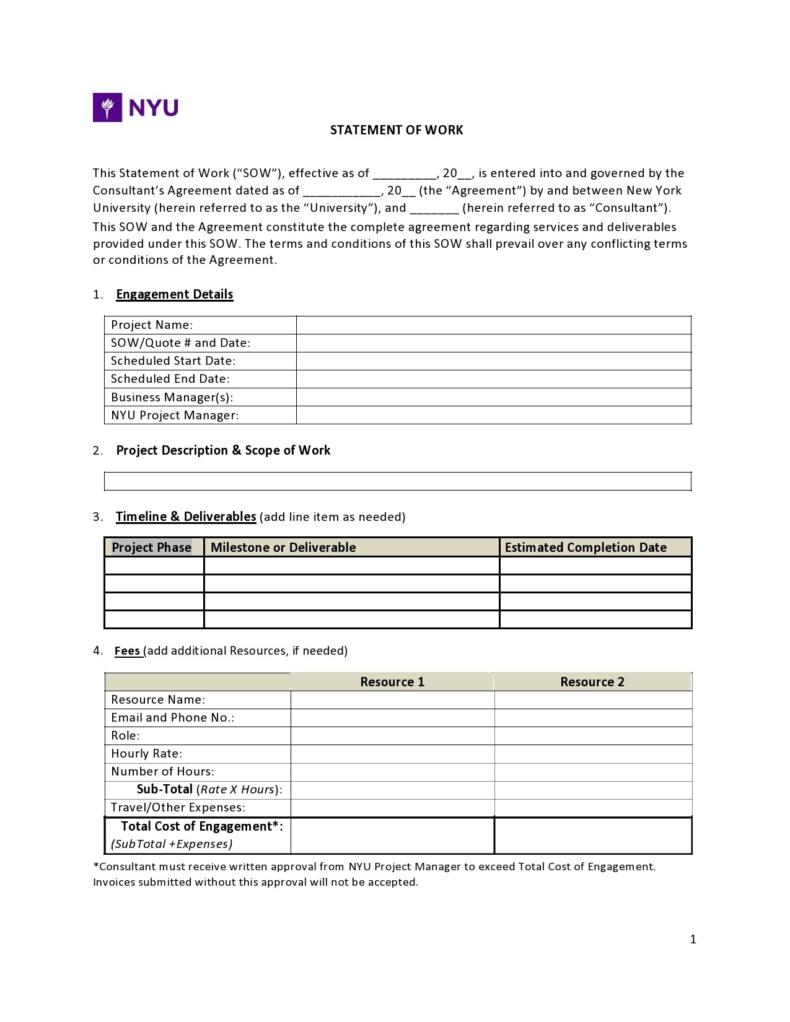One of the most important parts of a project proposal is the project summary. This document consists of intellectual merits, a separate overview, and the impact sections. You need these sections for any project summary example, and you should define each one clearly. This is the most important part of your proposal, as all proposals should project summaries. This would be the first document reviewers will read before they read the proposal itself. This means that the summary is your first opportunity to attract the interest of the reviewer and convince them of the quality and importance of your research.
Table of Contents
- 1 Project Summary Templates
- 2 What is a project summary?
- 3 Project Summary Examples
- 4 Why do you need project summary?
- 5 What to include in the document?
- 6 Project Summary Reports
- 7 Who creates this document?
- 8 How do you write a project summary?
- 9 Project Recap Templates
- 10 Using a project summary in project management
Project Summary Templates
What is a project summary?
A project summary report is an overview of a project proposal. Its scope and length vary depending on the project you’re summarizing. This is a short document – only between 1 to 2 pages. The document will contain all of the information that you want to share about your project. To write this summary, try to hypothesize the situation. If a high-level stakeholder ends up reading your summary, they will gain all of the necessary information needed to succeed. You would often use this document for the following:
- Project proposals
- Business cases
- Research documents
- Market surveys
- Environmental studies
- Project plans
Most project summaries consist of:
- The need or issue you plan to solve.
- An outline of your recommended solution.
- An explanation of the value of your solutions.
- A conclusion about the significance of your work.
Project Summary Examples
Why do you need project summary?
The project recap template will provide an overview of the whole project and its important elements through a concise description that includes the limitations, budget, task schedules, overall goals, and other relevant information regarding the project. It will also ensure that everyone involved will be well-informed.
A poorly-written project summary will lead to bad impressions on anyone who reads them. Remember that your main goal when writing this document is to sell your proposal to your readers to get them more interested to read your entire proposal. Writing a good summary will offer the following benefits too:
It makes things clearer for everyone involved
When you write this document, you will condense all of the information about your project into 1 or 2 pages where you emphasize the most important elements and details. This will give your readers a clearer understanding of the business. This will make things clearer to everyone involved in your project.
Serves as a guide or roadmap
You can also use the project summary as a guide or roadmap that will make it easier for your readers to understand the different stages and steps involved in the project. It’s a tool useful that will keep your team updated about the project while providing significant updates to the stakeholders.
It’s much easier to read
If your project stakeholders have questions about the project, the summary could provide answers to those questions. Since the summary is a short condensation of all the significant information about your project, it becomes easier for your readers to go through it without wasting time.
What to include in the document?
A typical summary report template is a short document that summarizes the whole project proposal. But a well-written summary will also cover all of the important information and elements in a more concise and comprehensive way. These elements are:
Introduction
The project summary begins with an introduction of your project, including the basic details like the name of your company, the name of your project, project phase, project ID, launch date, current date, and so on. You can also include the members of your team and their contact details.
Overview
Provide an overview of your project along with its objectives, benefits, and goals. Make sure to explain your plan or what you seek to accomplish with your project, your reason for starting the project, and how you plan to approach it. State these in a concise and specific way. If you use your project summary externally, you should include a background too.
Challenges and risks
All projects have their own challenges and risks, which may come unexpectedly as the project progresses. You should include these in your summary in a separate section.
Timeline
This is the chronology your project will follow, including all of the events and dates. It will also include relevant actions that will provide you with updates on your project’s deliverables and milestones. Include a section that outlines the timeline of your project briefly.
Project Summary Reports
Who creates this document?
Since this document is such an essential document for any project, it’s usually created by project managers. If you’re in charge of writing this document, you need to create the project schedule and plan along with managing the resources. You should also involve yourself with the creation of the project summary that will serve as a guide for all the other elements of your project.
But as the project manager, you won’t have all of the information you need to include in the summary. For instance, while creating the project schedule and plan, you will need resources to ensure the document will capture the objectives and goals of your project. Some of the most important resources you will need are your client and project stakeholders. Only through them can you define your project’s mission.
After speaking to these people, the vision for your summary becomes much clearer. Go back to your previous projects to find relevant information that will guide the direction of your new project.
You can also use other resources like other project managers who have done similar projects. You can also turn to your team members who you need for their experiences and skills. While you will lead the project, you will need their help too. The more preparations and research you do before writing your summary, the better the results will be.
How do you write a project summary?
Writing a one-page project summary will include incorporating the background of your project, its objectives, and the factors that will determine its success. You should include an outline of the target audience and schedule. This document should answer all questions to serve its purpose. To better understand this document, use bullet points to list all of the sections on your document. There are many ways to create this summary, but here are some general steps to help you out:
Write the project overview
First, you need to gather relevant contact information. You have to write down the name of your client, their contact details, a short description of their business, and their customer base. When you have a solid background of your client, this will make your document more effective.
Enumerate the objectives
If you know your objectives, you will have a deeper understanding of the whole project. Pay attention to all of the deliverables, especially the ones at the final stages of your project. This will help you define the success of your project.
Create the timeline
After defining the deliverables, the next step is to figure out the timeline in which you have to make those deliverables. This involves knowing when you will start and what the milestones of your project are.
Define your target audience
Aside from knowing what you to do and when to do it, your summary should also include information about who you’re doing the project for. Without a target audience, you cannot define whether your project will succeed or not. You can even complete your project on time and within your budget, but you still won’t succeed.
This might be because you didn’t deliver on the expectations of your target audience simply because you don’t have one yet. Defining your target audience involves profiling and demographics to make sure that you can fulfill your target audience’s needs.
Tie everything together for your team and your project stakeholders
Finally, you need to tie all of the information together for the stakeholders and your team since they will read your project brief. Make sure that this document is relevant to them by including the resources for your project, an outline of the budget, a clear communication plan, and specific definitions of their responsibilities and roles. If you want to include any other information, you can do so. Just make sure that your summary strikes a good balance between what’s important and what’s not.
There are also some common mistakes you should avoid when writing this document:
Adding too many details
For one, you shouldn’t include too many goals or objectives for your project. Always remember that your summary needs to be what its name implies – a short summary. Too many goals will make your document too lengthy and more challenging to understand.
Communicating your ideas in a confusing way
The key to a successful project summary is its clarity. Failing in this aspect can result in confusion or even errors in your project from the beginning. Even if your aim veers off the course slightly, the effects could accumulate as your project progresses. When this happens, the final deliverables might miss their marks too.
Using vague language
Another pitfall of creating a summary is when you use too many generalizations. Remember that good writing is always specific. This also applies to your project brief. Say what you need to say using just a couple of specific and relevant words to describe your thoughts. Doing this will keep your readers focused throughout the document.
Starting to write when it’s too late
You need to start in a timely manner and put every bit of work into your writing. Research is essential. As much as possible, speak with everyone involved in the project so that you can deliver a solid summary. Doing this is important since the summary is a foundational document that you can use as a guide for your project plan. It is also a communication tool for you, your team, and the stakeholders. As such, not having a clear summary could lead to the rest of your project suffering too.
Project Recap Templates
Using a project summary in project management
This document is an integral part of any project proposal or plan. It is a 1 to 2-page condensed version of your whole project, and it’s considered to be the best document to use to communicate essential information to your clients, employees, and stakeholders.
Most of the time, the summary is the first thing that reviewers will read when they learn about your project. Because of this, it is one of the most important documents in project management. This document is also your best chance to capture the attention of your readers and convince them of the quality of your project proposal.
You shouldn’t confuse this summary in project management with the more traditional executive summary used in business plans. The difference between the two is that you should create the former at the start of your project, while you should create the latter after you have written your business plan. Take, for instance, if you need to write a project summary for an environmental study.
You must compile here a report that includes the findings and results after conducting the study. For the summary in project management, you need to cover what your project aims to achieve and the importance of those goals. You will use the same parts apply when writing a summary in project management:
- Start with the need or issue that your project seeks to solve. Why do you want to carry out the project, any insights you have, your product plan, customer feedback, or other needs that contributed to your decision to start the project.
- Come up with an outline of your recommended solution or the objectives of your project. Think about the ways your project will solve the issue you have established in the beginning. Also, include your objectives and goals.
- Explain the value of your proposed solution. After completing the project, explain what could happen. Describe how it will solve the problem or improve the situation.
Wrap up your document with a conclusion that highlights the significance of your work. You can reiterate the significance of the problem and why your project matters. You can also reference your audience and how your proposed solution will solve their issue. Finally, you can also include other relevant steps as needed.






